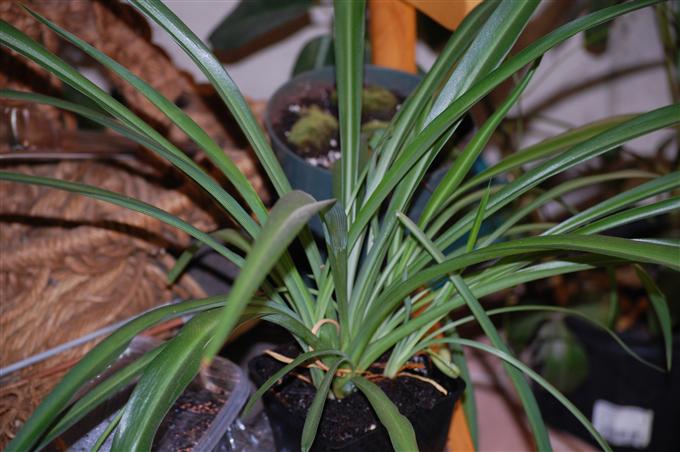Solid green spider plants are anything but boring. Since most spider plants are variegated, the solid green color makes them unique, interesting, and harder to find. A non-variegated spider plant is also in fact a healthier plant. Anywhere a plant is not green, like the white or pink areas in other types, chlorophyll is absent. Chlorophyll creates the green pigment in a plant and is how the plant absorbs light for photosynthesis. More green, more photosynthesis.
Categorized by its botanical name, Chlorophytum comosum, the spider plant is native to South Africa, zone 9 through 11. This puts it into houseplant territory in most of the rest of the world. For outdoor use, it’s suggested as an annual. Plant it in a place with well-draining soil under light or heavy shade.
It’s a gorgeous plant. Mature plants have a full, beautifully cascading habit perfect for hanging pots in the home
It’s a useful plant too. They do a fantastic job of cleaning and purifying the air in your home or office.
Solid Green Spider Plant Care.
Taking care of a solid green spider plant is easy peasy. Light requirements are very low, making it an optimal choice for the home. Indirect sunlight is best. Direct sun can scorch the leaves.
Watch your water. Overwatering can cause root rot. Spider plant is very drought tolerant, so it can go a while without watering. Another way it’s the perfect performer as a house plant.
Low fertilizer is suggested. Food is stored in its tubers and the plant will feed itself over time.
It’s a fast grower, so divide your plants often. Spider Plants have been known to break out of their container when they outgrow their habitat.
When it experiences winter conditions for at least three weeks, shorter days and longer nights, the plant will form plantlets and you will have spider plant babies.
Learn More about Spider Plant Care

